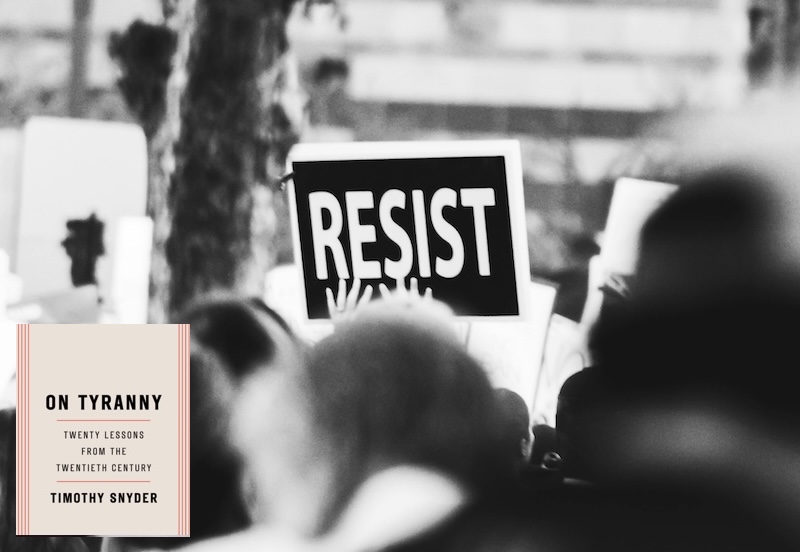I read a lot of books and articles about habits. I know I should stop, but sometimes I just find myself reading them without thinking…
Some of the books are really good. I particularly like Atomic Habits by James Clear, Tiny Habits by BJ Fogg, and Good Habits, Bad Habits by Wendy Wood.
The thing is, I’m still convinced that habits don’t actually exist.
At least, not the way they’re often portrayed. Maybe it’s just me, but I don’t think anyone is likely to do something they hate just because they have done it a lot. You don’t keep taking an ice cold shower every morning and doing all the necessary screaming and yelling and shivering that goes with it, just because you’ve already done it for a month or two.
I don’t like exercising, and never have. But I do it twice a week, and have for years. I do it since I designed my environment to make it harder for me not to do it — I hired a personal trainer to work with me, and it would be harder for me to let him down than it is to just do it.
Flossing is the “canonical” habits example. If you follow BJ Fogg’s advice in Tiny Habits, you’ll start by flossing a single tooth, and then you’ll celebrate somehow. “Yes!” you’ll say, with a big grin, pumping your fist in the air. The idea is that you want to feel good immediately after you do the thing you want to turn into a habit. Then over time you work up to flossing all your teeth, and then turn to other things, such as flossing your nose. No? Well, something else, anyway.
Ultimately, what you want to do is believe. If you believe that flossing will make you feel good, then you’ll do it. Right?
Maybe. In order to believe that, you have to believe that habits work like that. If instead you think the thing that makes you feel good is the pumping your fist in the air and saying “Yes!”, that’s the thing you’re training your brain to do. Your subconscious isn’t stupid.
That’s just one example of the sort of techniques that the experts tell you will work. “Don’t Break The Chain” is also known as the “Seinfeld Strategy.” The idea is that you make a big X on a wall calendar for every day you do your thing (e.g. write jokes, do twenty pushups, or eat twelve pounds of celery), and then when you have a bunch of X’s you really don’t want to break the chain. James Clear has a variant of this where the whole goal is to never miss two days in a row.
I don’t think a “habit” is something that compels you to do something. It may make something easier to do, or less annoying or less stressful, but it doesn’t turn you into a mindless flossing zombie. Some people call things like smoking or drinking to excess “habits,” but those are addictions, not habits.
James Clear’s book mentions something that makes much more sense to me: “identity.” If you are the sort of person who exercises, you don’t have to ever actually enjoy it, you just do it. The same is true of being a vegetarian who likes hamburgers. You may not ever eat them, but it’s identity rather than habit that keeps your fingers from getting greasy. (Side note: if you want to agitate your dentist, you should tell her about the interesting article you read that says flossing may be a waste of time. Pro tip: do this after she’s done sticking sharp metal things in your mouth.)
Atomic Habits (and others) also say that if you want to do something (or not do something), you can design your environment to make it easier or harder to do. If you want to go running, get a hungry polar bear to chase you. If you don’t want to eat so many cookies, put them on top of Mount Everest. That sort of thing.
That’s it, then. Here’s what I think, after reading all these books:
- You can’t: make habits that get you to do things you don’t want to do
- You can: design your environment
- You can: design your identity (or at least be true to yourself)




Use the share icon here if you liked it.
Thanks!